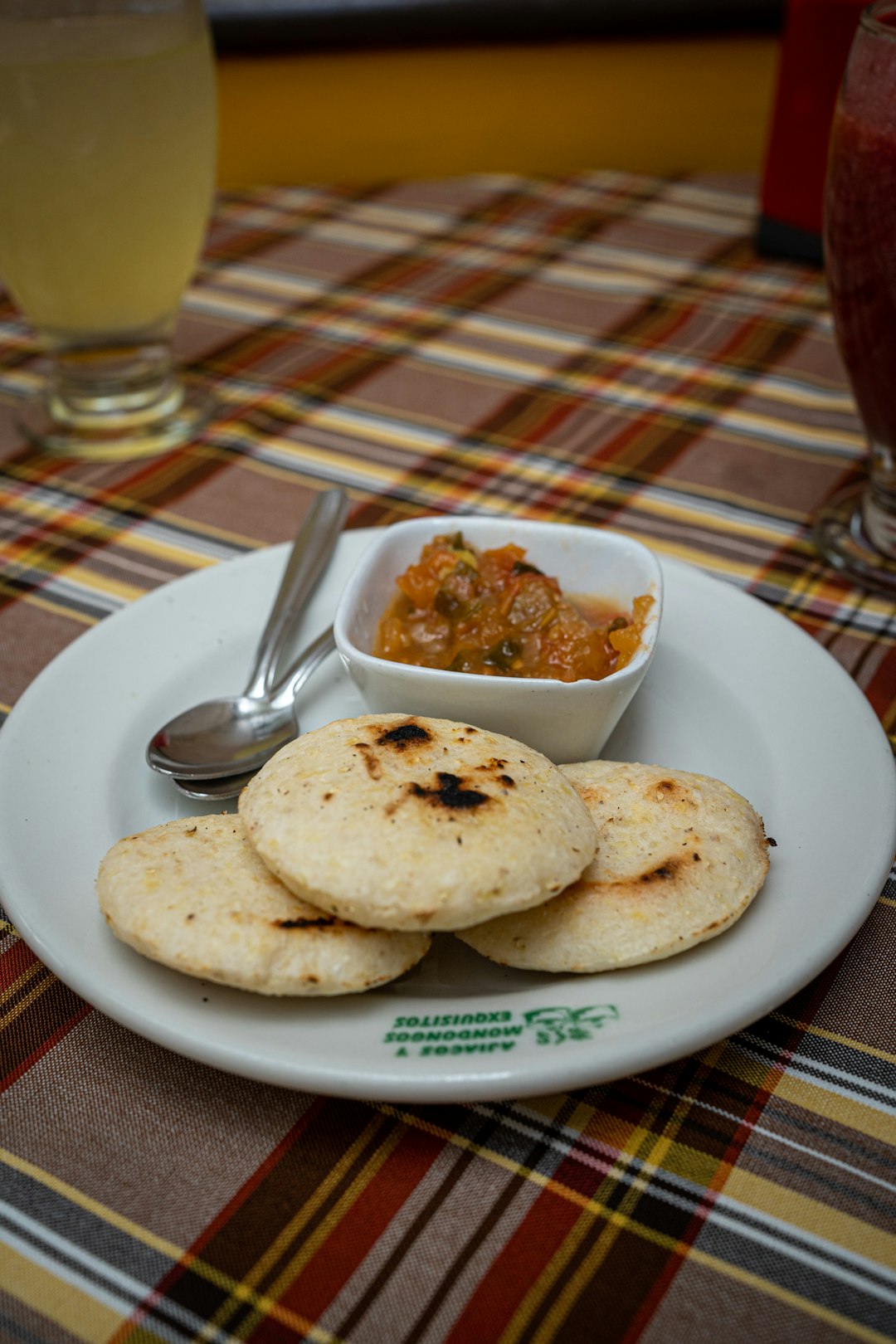Ajiaco
Have you ever tasted a delectable dish that affects all of your senses? Ajiaco, the traditional Columbian chicken and potato soup, is one such dish. The vibrant colors, delightful aromas, and mouthwatering flavors of Ajiaco create a unique culinary experience.
The classic Ajiaco recipe typically utilizes three types of local potatoes: criolla, pastusa, and papa criolla. These distinct spuds are essential for achieving an ideal balance of texture and flavor. Ajiaco is also prepared with chicken, corn on the cob, capers, cilantro, sour cream, and guascas, an herbal seasoning native to the region. Together, these ingredients provide an eclectic bouquet of taste and aroma that will entice your senses.
Ajiaco's presentation is as captivating as its flavor. The yellow sauce and vibrant vegetables provide an eye-catching contrast to the white shredded chicken and potatoes. Depending on the locality, additional ingredients may be added to enhance the flavor, such as butter, onions, garlic, and various spices.
Ajiaco is considered a comfort food by many locals and is often served during special occasions or as a centerpiece in a festive meal. Its hearty combination of ingredients makes it an ideal meal for cold days or large gatherings. If you're looking to impress your guests or just enjoy a unique culinary experience, Ajiaco is a must-try.
Ajiaco recipes
Amazing Ajiaco recipes sourced from the web.
The origin of Ajiaco
Ah, Ajiaco. For those who are unfamiliar, it is a classic Colombian dish which consists of chicken, three varieties of potatoes, and a coriander-based sauce which is often combined with capers, cream, and avocado. But its origins are far more complex than many realize; this delectable entree has been enamored by the populace for centuries, transcending through eras of religious turmoil, culinary change, and legendary tales.
Going back to pre-colonial times, a traditional soup that was the foundation of Ajiaco can be found in records of the Muisca people. This staple food, called Guasca, included ingredients such as yuca (cassava root), guascas (a type of herb), potato, corn, and avocado. It was cooked in an earthenware pot usually over a fire. This recipe was heavily influenced by the land's natural resources, allowing for a flavorful and hearty dish.
The arrival of Europeans in the New World brought about both culinary change and religious adjustments in rural communities. As a result, some of the traditional ingredients were replaced with what had become more readily available, such as chicken as opposed to guinea pig. The name of the dish itself was also changed to accommodate colonial sensibilities, becoming known as Ajiaco, derived from the Spanish "ají," meaning pepper or chili, in reference to its spicy flavor.
Since then, Ajiaco has become a favorite throughout much of Colombia, with local variations popping up in different regions. The city of Bogotá, in particular, is famous for its famed version of the dish, which features a unique array of ingredients including capers and cream. But regardless of the region, Ajiaco has become an undeniable symbol of Colombian culture so much so that there is even an Ajiaco Festival held annually to celebrate it!
So the next time that you enjoy a steaming bowl of Ajiaco, or perhaps see the word next time you visit Colombia, remember its long history. From rustic Muisca roots to its transformation into the beloved heart-warming dish that it is today, Ajiaco is certainly a dish that deserves plenty of admiration and respect.
Types of Ajiaco
Ajiaco, a beloved dish of the South American country of Colombia, has created a fervor within Colombia's culture as an incredibly unique, flavorful and hearty dish. From its humble origins to its complex preparation today, Ajiaco remains a staple within Colombian cuisine.
Ajiaco is often thought of as a simple chicken and potato soup, however, this classic dish is anything but a generic offering. Its main ingredients—chicken, potatoes, and several unique and difficult to find herbs and vegetables—come together to create a complex balance of sweet, savory, and tangy flavors, each adding new dimensions to the final product.
The origins of Ajiaco go back many centuries to pre-Columbian times, when indigenous tribes living in what is now Colombia would prepare a simple soup with chicken, potatoes, and corn. Over time, more ingredients were added, with cooks creating their own versions of what would become the beloved dish of Ajiaco.
Ajiaco can have many variations, with each region of Colombia having its own take on the dish. In the populous capital city of Bogotá, classic Ajiaco consists of chicken, potatoes, local herb guascas, capers, corn, and ajiaco, a yellow pepper. In the coast region, chefs combine shrimp and more robust spices, while cooks from the mountain areas add pork and root vegetables.
Each version of Ajiaco is served in most cafés, decorated with either white rice or crunchy croutons, alongside a side of avocado, tomato, and a wedge of lime. Every bite is a burst of intricately balanced flavors, with one ingredient complimenting the other to create a delicious dish that is both comforting and extraordinary.
Ajiaco is truly an emblem of Colombian culture, bringing together the country’s diverse culinary heritage. It is a delectable reminder of just how vibrant South American cuisine can be, and an example of how traditional dishes can be adapted and remixed, providing endless possibilities for flavor. Ajiaco may be simple, but it is sure to keep you coming back for more.




